Introduction to Display Metrology
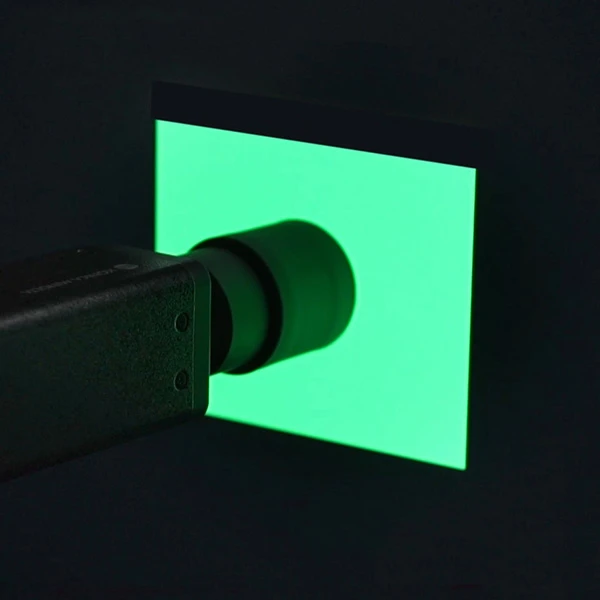
Display devices must be adjusted and calibrated to ensure performance standards. In display metrology, the CIE 1931 Yxy and the CIE 1976 Yu’v’ are color spaces commonly used to describe colors in numbers. White balance, color gamut, gamma, contrast ratio, uniformity, and flicker are some of the general display performance parameters.
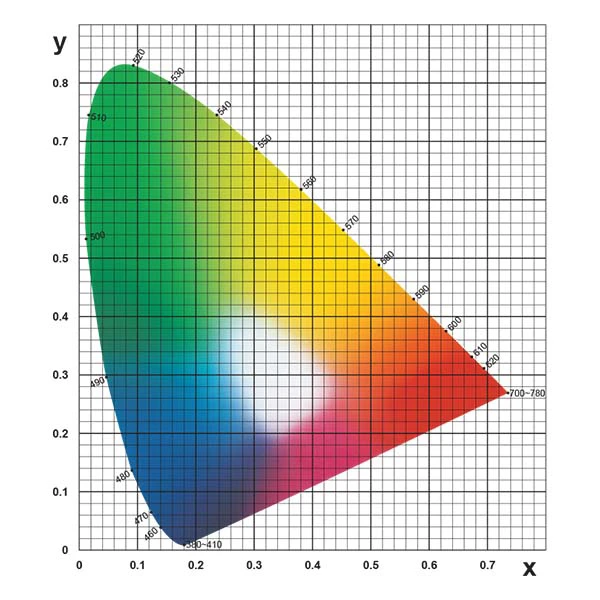
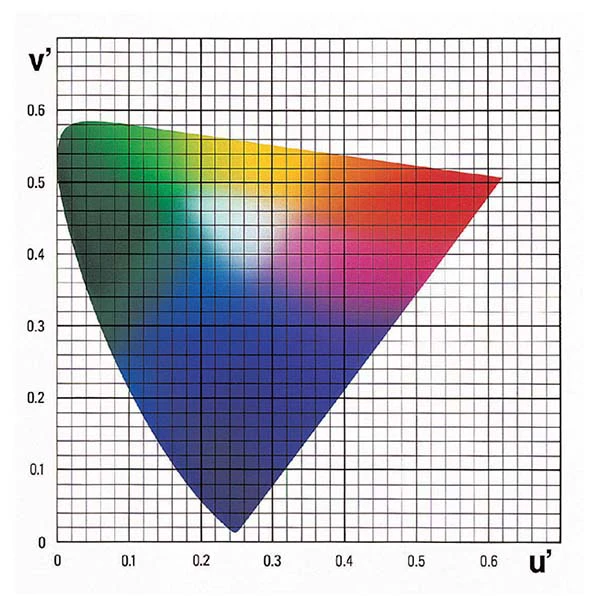
White Balance
The color temperature of a display must be consistent throughout the entire luminance range. The adjustment of white balance help ensures color consistency between display devices and the content source. The white balance adjustment involves establishing a display’s white point and adjusting the light output of the primary red, green, and blue colors to reproduce the white point correctly.
Color Gamut
For a display device to display a wide range of color accurately, evaluating the color gamut of a display device is important. The color gamut, depicted as a triangle, expresses the colors that can be reproduced within it. The size of the triangle is determined by the location of the most saturated primary red, green, and blue colors in the color space. The larger the triangle, the wider the range of colors it can display. The common color gamut standards are the sRGB, Adobe RGB and DCI-P3.
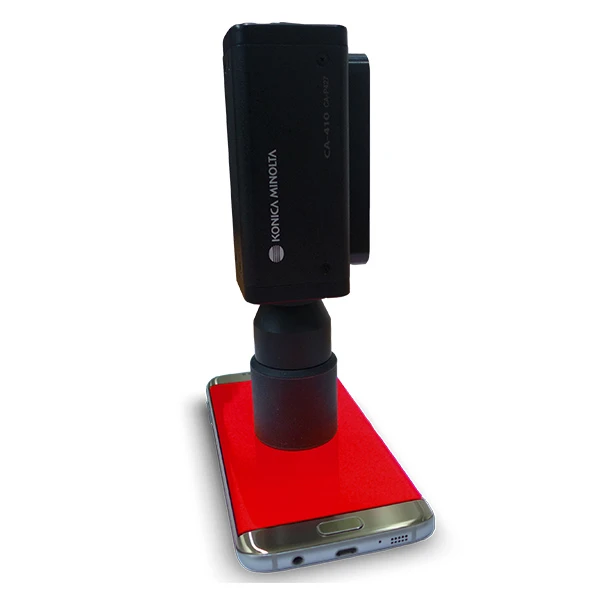
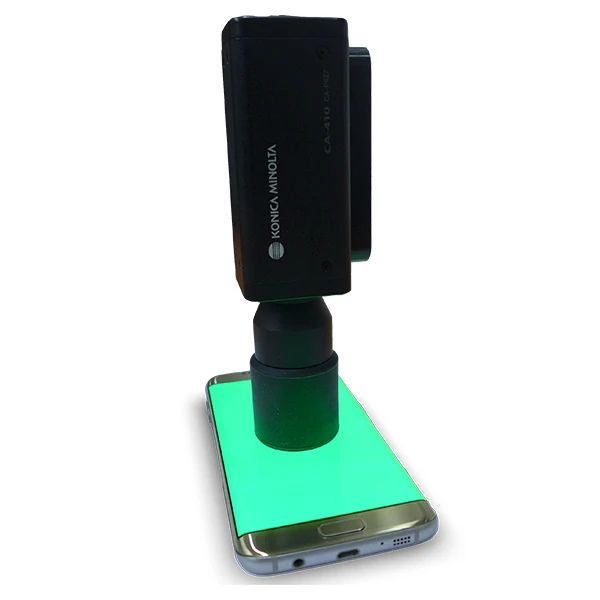
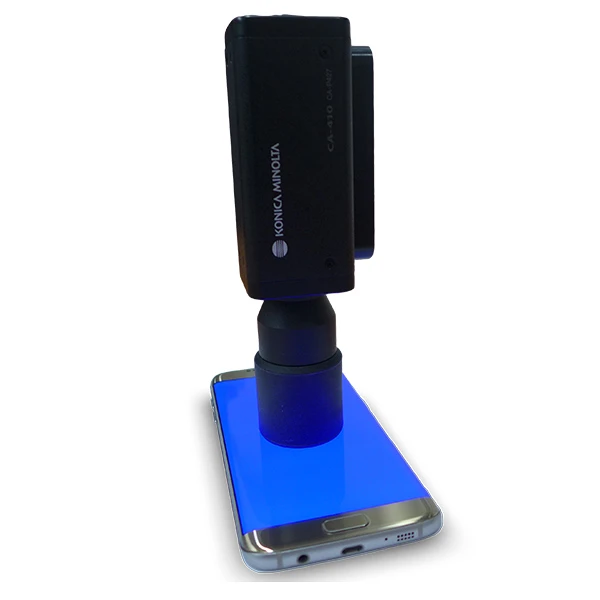
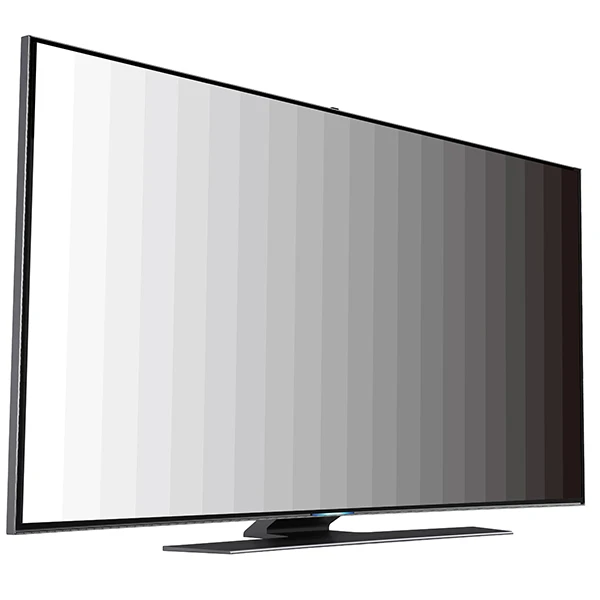 Gamma
Gamma
A display uses an electrical signal to produce an optical output (luminance). The response between the input and output is not linear. A 50% increase in input signal is not equal to a 50% increase in luminance but instead depends on gamma. For a display to deliver true colors throughout the luminance range, gamma correction is important. The luminance levels of white test patterns ranging from 0 to 100% in steps are measured and should be consistently neutral throughout the range.
Contrast Ratio
Contrast ratio refers to the ratio of the maximum brightness of white over the darkest black produced by the display. High contrast ratio is desirable as the lower the contrast ratio, the images produced by a display will appear more washed-out. Contrast ratio is determined by measuring the luminance of the black and white test patterns. As contrast ratio is highly dependent on the darkest pattern luminance level, a display testing instrument with ultra-low luminance sensitivity is needed.
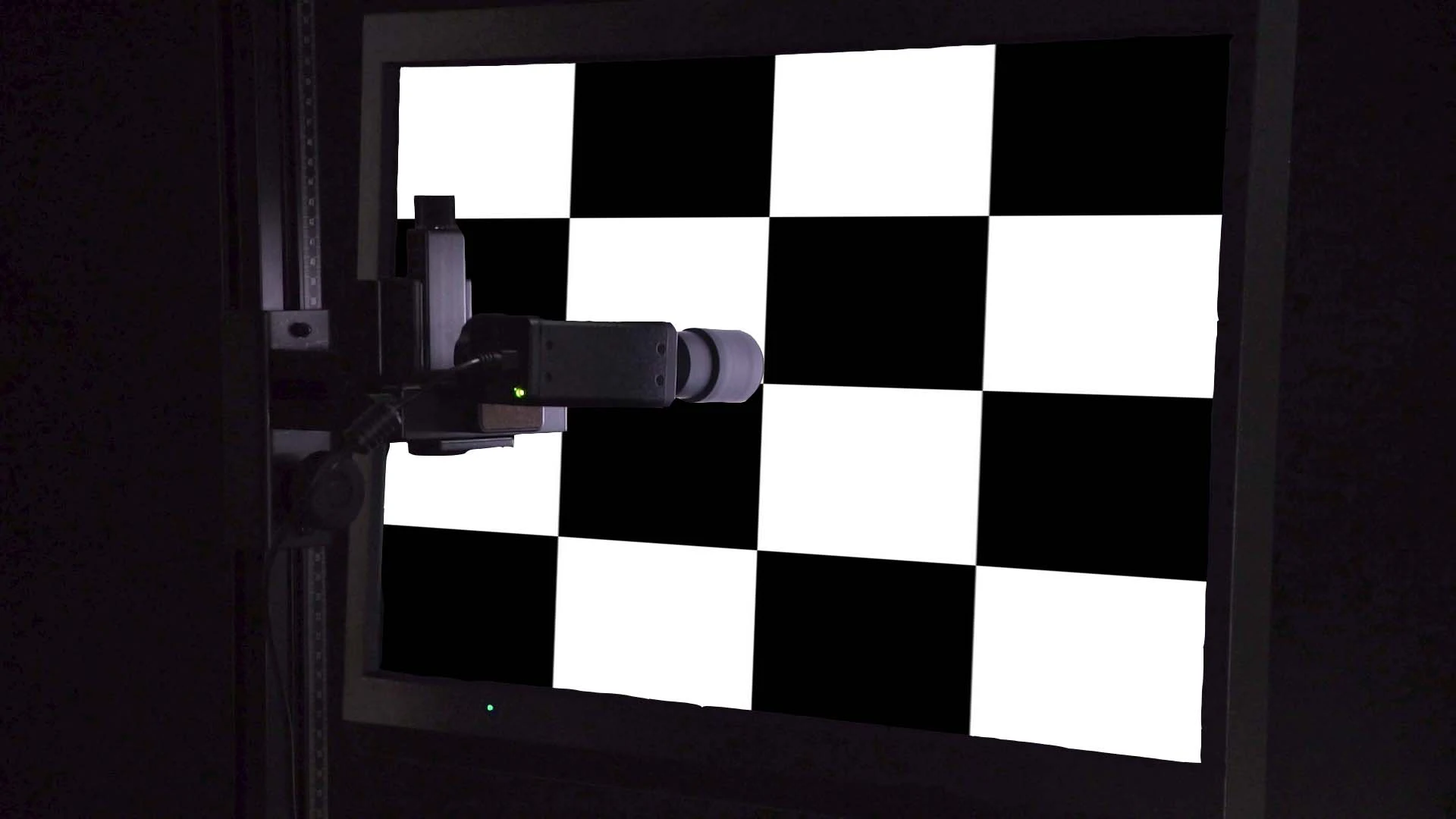
Uniformity
Luminance, chromaticity, and contrast uniformity are part of a conformity check to ensure display output from the screen surface is uniform. Arrays of 5, 9, and 13 points are common setup to verify the uniformity. The formulae are as followed:
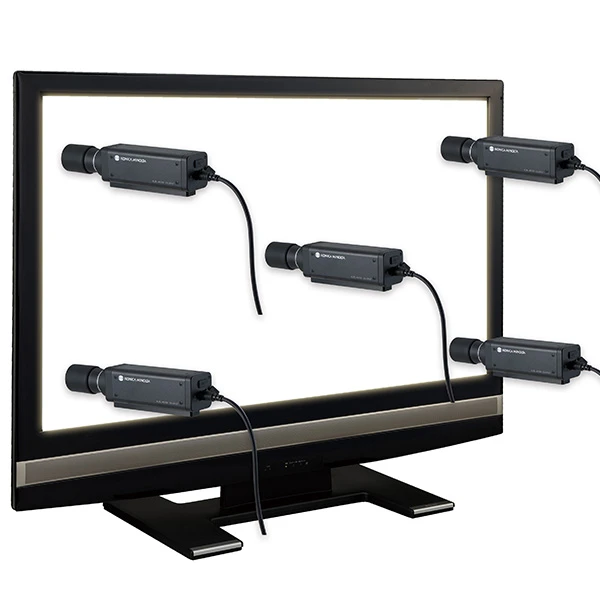 Measure of Luminance Uniformity
Measure of Luminance Uniformity
Uniformity = (Lmin / Lmax) x 100%
Non-uniformity = ((Lmax – Lmin) / Lmax) x 100%
Measure of Chromaticity Uniformity
Du’v’ = ((u’1 – u’2)2 + (v’1 – v’2)2)1/2
Contrast Ratio Uniformity of 5, 9, or 13 Points Array
Non-uniformity = ((Cmax – Cmin) / Cmax) x 100%
Flicker
Flicker is a visible flutter in brightness that can be seen on the display device. It occurs periodically and has an adverse effect on the user’s eyes. The contrast method or the JEITA (Japan Electronics and Information Technology Industries Association) method is used to measure flicker.
The contrast method uses the AC and DC components of the measured luminance and does not depend on flicker frequency. Flicker is calculated with the following formula: (Vmax – Vmin) / ((Vmax + Vmin) / 2) x 100%.
For the JEITA method, it accounts for the flicker frequency and also the AC/DC component ratio. Flicker for this method is calculated with the following formula: 10 x log (Px / P0) dB.
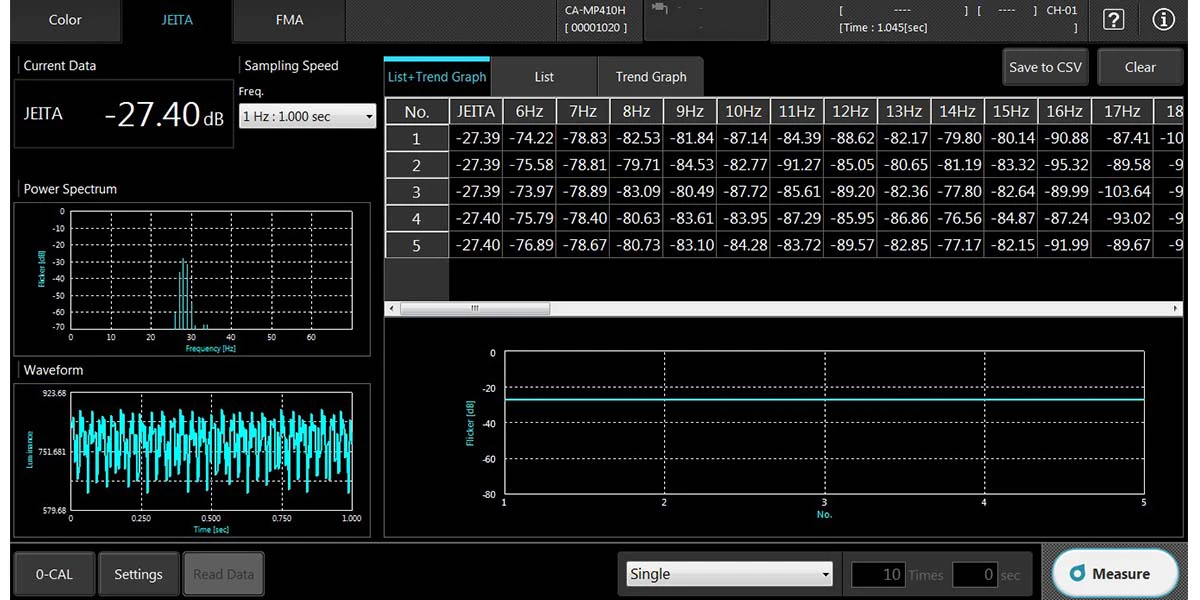
Display technologies are evolving quickly, and display testing can be complex and confusing. Check out this video to learn more about the basics of display metrology. Alternatively, you can also explore our wide range of display and light testing solutions to find out more.
Konica Minolta and group companies, Radiant Vision Systems and Instrument Systems, offers comprehensive display testing instruments, from spectroradiometers and imaging photometers/colorimeters to display color analyzers and luminance color meters, to help manufacturers comply with standards and regulations with ease.
Need help finding the right instrument and solution to characterize your display? Contact our application specialists to arrange a free consultation or product demonstration.
